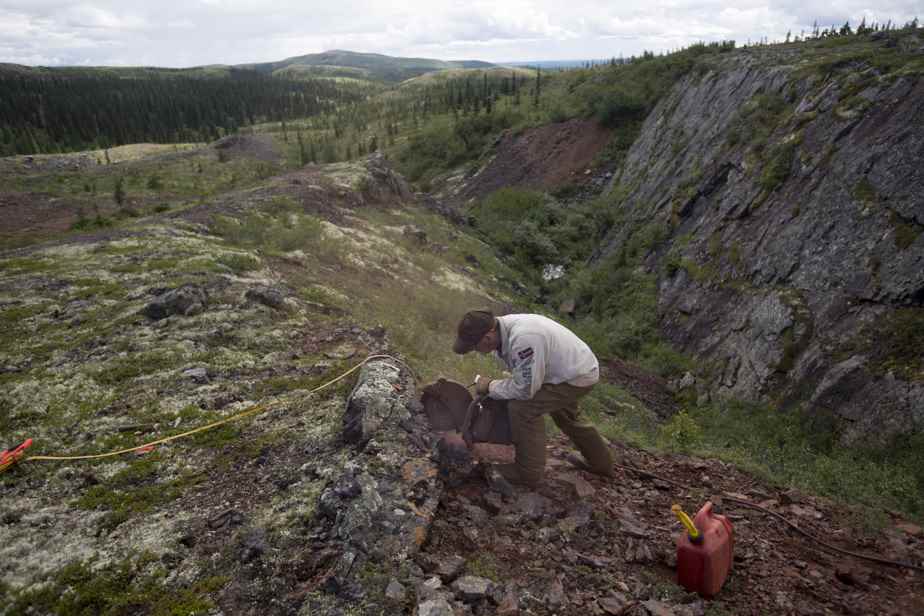A carrot, a claim, a mining lease… if you don’t work in the mining sector, this jargon can be opaque. Decryption with Richard Simon, director of the civil, geological and mining engineering department at Polytechnique Montréal.
Carrot
It’s a cylinder of rock recovered with a diamond drill. One of the important stages of mining exploration, the recovery of the core makes it possible to obtain “a sample to know the mechanical properties and the composition of the rock” in which one plans to dig, argues Professor Simon. “Generally, when you arrive at the drilling, there is a whole series of research that will have been done. In particular, we will have done geophysics, therefore having analyzed the properties by helicopter or by plane in advance. »
Claim
Before carrying out work in the mining field, it is necessary for a company to have a claim (to be pronounced in English). It is an “exclusive right to explore” a given area, which covers 400 meters by 400 meters. “It’s like a permit to search for minerals under the surface”, sums up Richard Simon. It is obtained by designation on a map from the Ministry of Natural Resources and Forests. It is a right that is renewed annually.
Mining lease (mining concession)
Formerly called “mining concession”, the mining lease is an authorization given by the Ministry to exploit a deposit. “To be able to obtain the lease, you must of course already have the claims on all the territory you want,” notes Mr. Simon. Typically in Canada it’s a four to five year process. You have to prove two things: first, that an exploitable deposit is on the target territory and second, that you can “respect the environmental measures and provide site closure and restoration plans”.
Search for deposits
Synonymous with mining exploration, where you target a territory thanks to geologists, research and a bit of drilling. In Quebec, we tend to use the word “deposit”, while the Europeans will say “deposit”. “The deposits are an anomaly,” explains Richard Simon. It is the abnormal concentration of a substance in a given place, which reproduces with a certain frequency. So the best place to create a mine is next to another mine. This is particularly the case of the Abitibi-Témiscamingue region, which is crossed by the Cadillac fault – a tectonic zone very rich in gold.
Closing plan
There are a good number of orphan mine sites that are not completely closed in Quebec. “Their operators no longer exist or are no longer solvent and it is up to the State to pay for the restoration”, indicates the professor. From now on, operators are required to pledge the sum necessary for the restoration of the site in their first three years of activity. They must prove that they will be able to close the mine once its life is over. This works well for “most mines”, which are in operation for 10 or 15 years, but makes it more difficult for long-term projects since they have to put a lot of money aside at the start.
